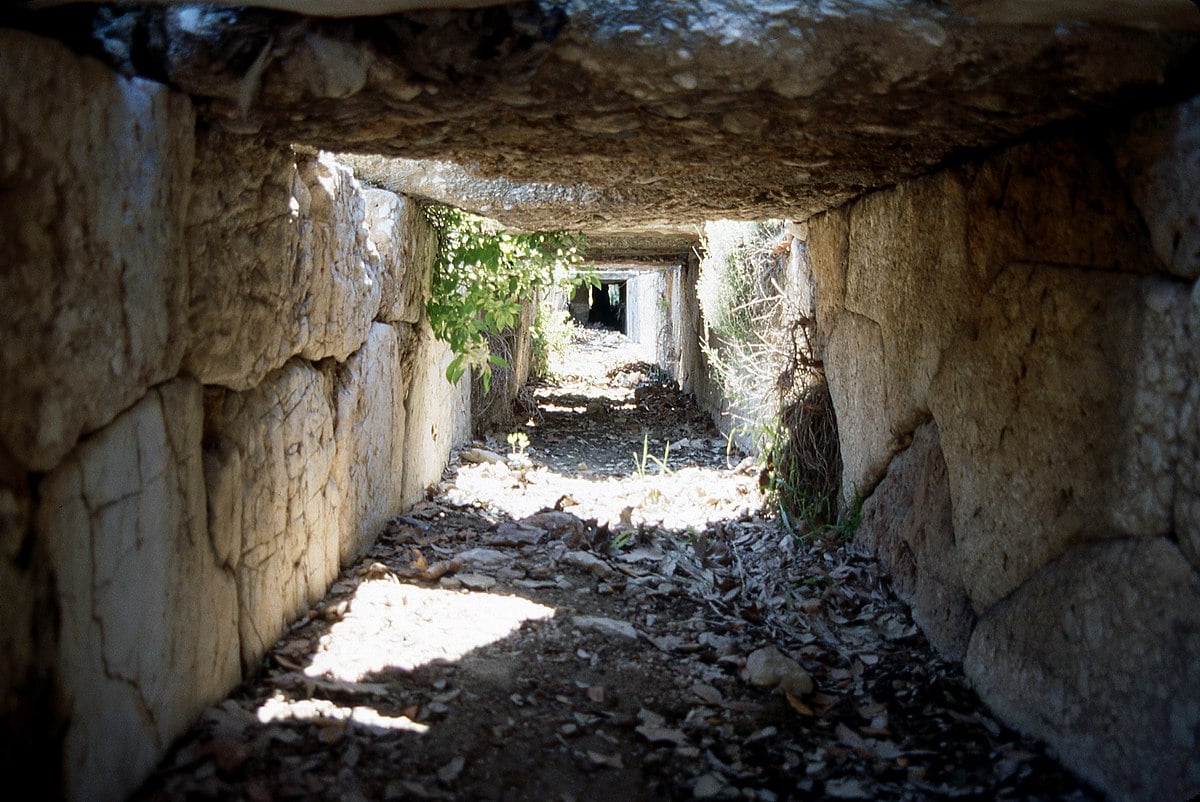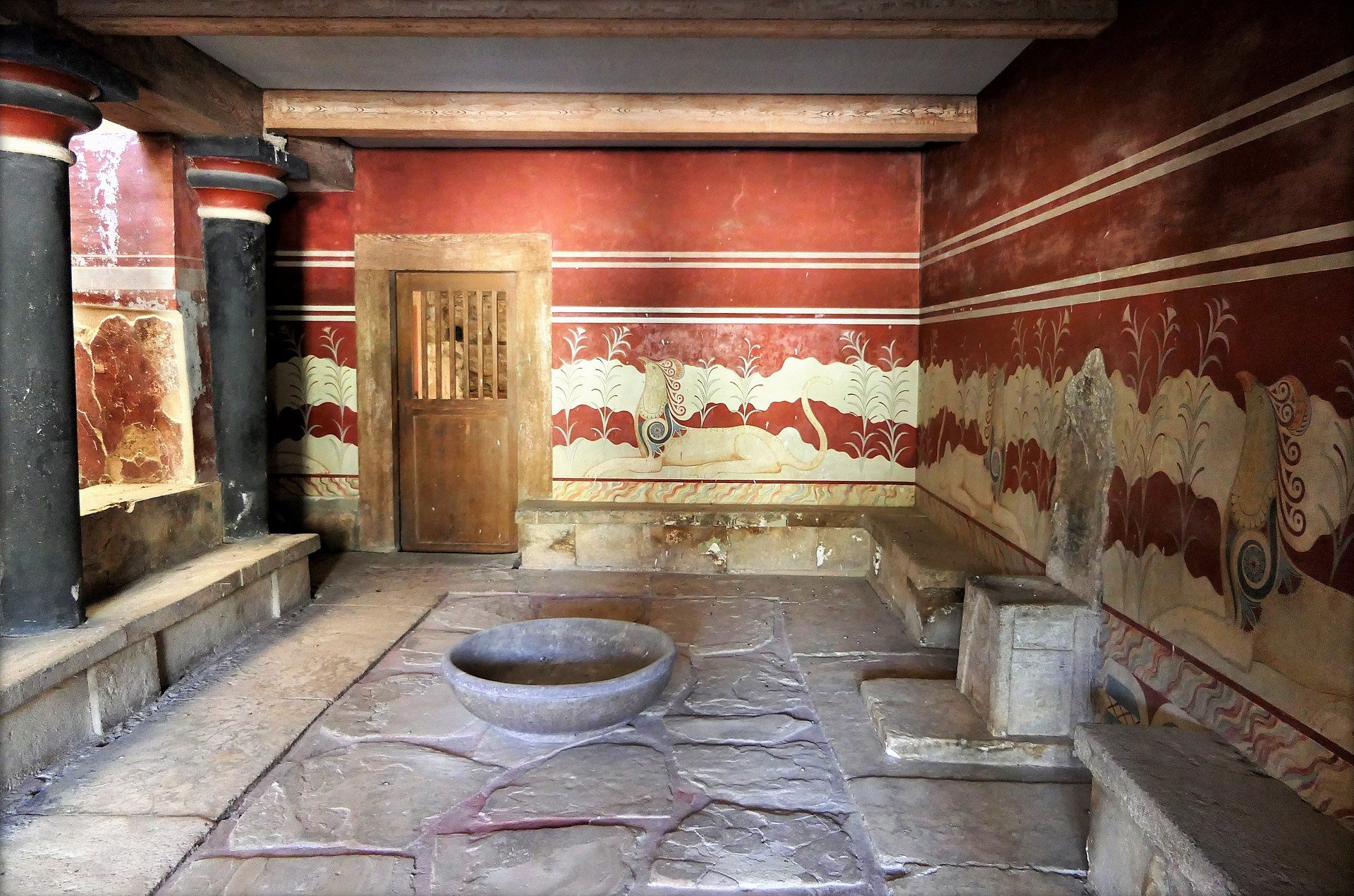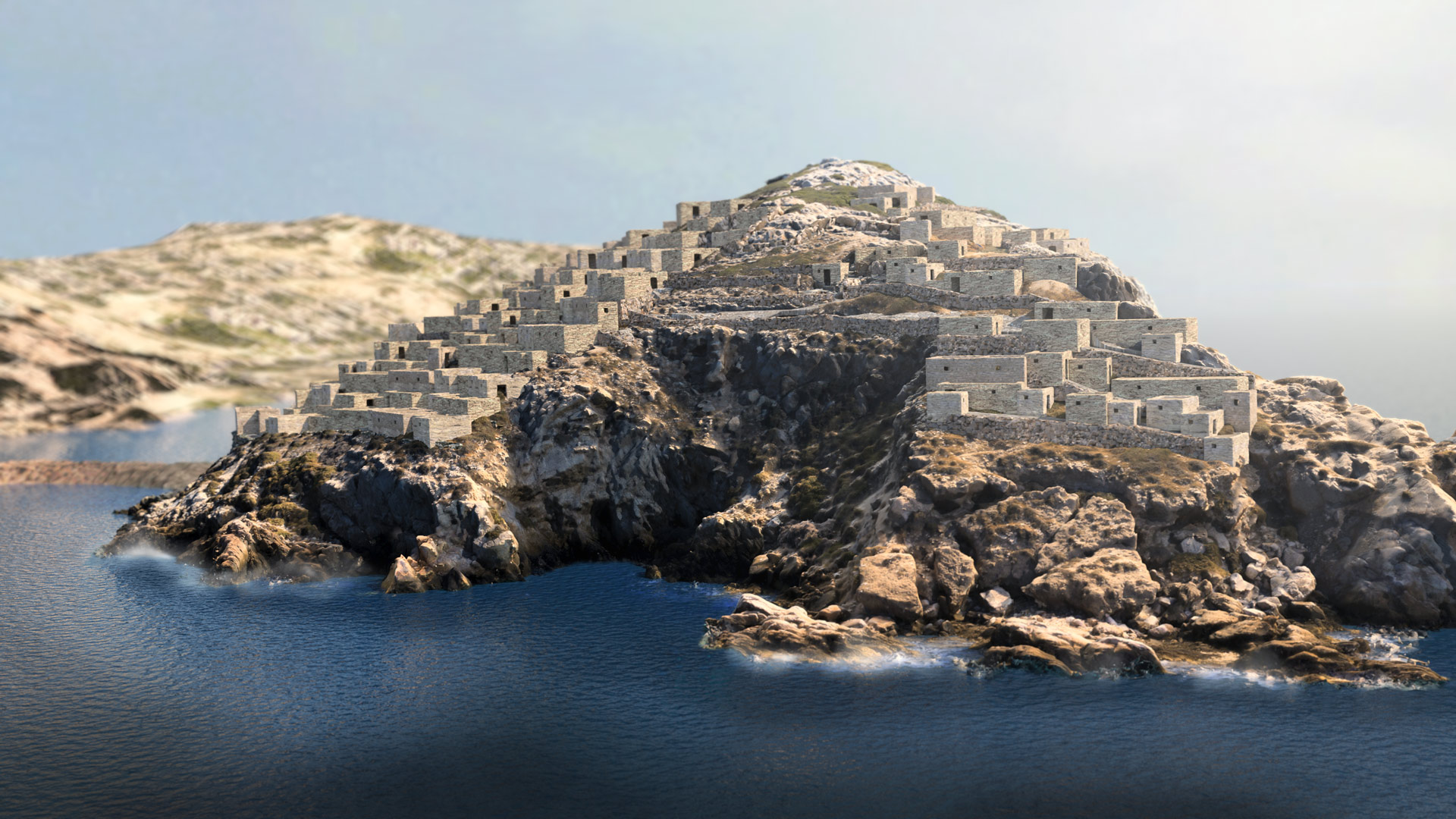
Several archaeological finds from across the ancient Greek world have revealed the advanced state of ancient Greek plumbing systems.
Although plumbing is rarely the first thing that comes to mind when one thinks of advanced civilizations – indeed, the gleaming columns of stunning temples are a much more typical image in the popular imagination – adequate hygiene and sanitation are a cornerstone of any sophisticated and functioning society.
The ancient Greeks installed plumbing, drainage systems, and infrastructure to supply water to their cities. As urban areas grew, and political life increasingly revolved around the polis (city), ensuring that these areas were adequately sanitized and had access to clean water became more important.
The Minoans

The Minoans were a civilization living on Crete, with settlement areas also on other Greek islands like Santorini, between 3000 BC and 1100 BC. The Minoans are generally regarded by historians as the first advanced civilization in Bronze Age Europe.
In addition to the accolade of being the first advanced European civilization, the Minoans are also believed to have invented the world’s very first flushing toilet about 4,000 years ago.
The remains of these toilets can still be seen in the ruins of Knossos Palace today. The royals of Knossos sat on a wooden seat over a clay bowl to relieve themselves. When they were finished, the human waste would be flushed with water into a stone sewage system below.
Ancient Greek plumbing on Keros

Evidence of ancient Greek plumbing has been discovered on the island of Keros, where an advanced drainage system was installed during the Cycladic Bronze Age.
A site at the west end of the island marked by the promontory of Dhaskalio was used about 4,500 years ago for religious purposes. Dhaskalio, which is now an islet due to rising sea levels, was terraced with over 10,000 tonnes of marble and covered in shrines and religious buildings.
In 2018, archaeologists from the University of Cambridge uncovered “sophisticated systems of drainage” underneath the stairs and within the walls of the structures and terraces of Dhaskalio.
It is unclear whether the drainage was used for managing clean water or sewage. In any case, the discovery highlights a surprisingly advanced approach to plumbing used by the ancient Greeks early in their history.
Athens
As noted by historians E.D. Chiotis and L.E. Chioti, at the site of the ancient city of Athens, it was necessary for the Greeks to install drainage and plumbing systems to deal with heavy rainfall and also to drain the surrounding swampland to expand the city.
The first major drainage system of the city was built in the fifth or sixth century BC on the western side of the Agora. The “Great Drain”, as it was known, was built with “heavy walls of polygonal-shaped stone blocks covered with stone plates to serve as a street.”
The Great Drain served as the model for later drainage systems implemented in the city and made it possible to construct public buildings on the western side of the Agora, which had previously been swampland.
On the southern side of the city, the Athenians used underground pipelines as sewers. These usually ran parallel beneath the streets where there was a lack of natural runoff.
See all the latest news from Greece and the world at Greekreporter.com. Contact our newsroom to report an update or send your story, photos and videos. Follow GR on Google News and subscribe here to our daily email!



